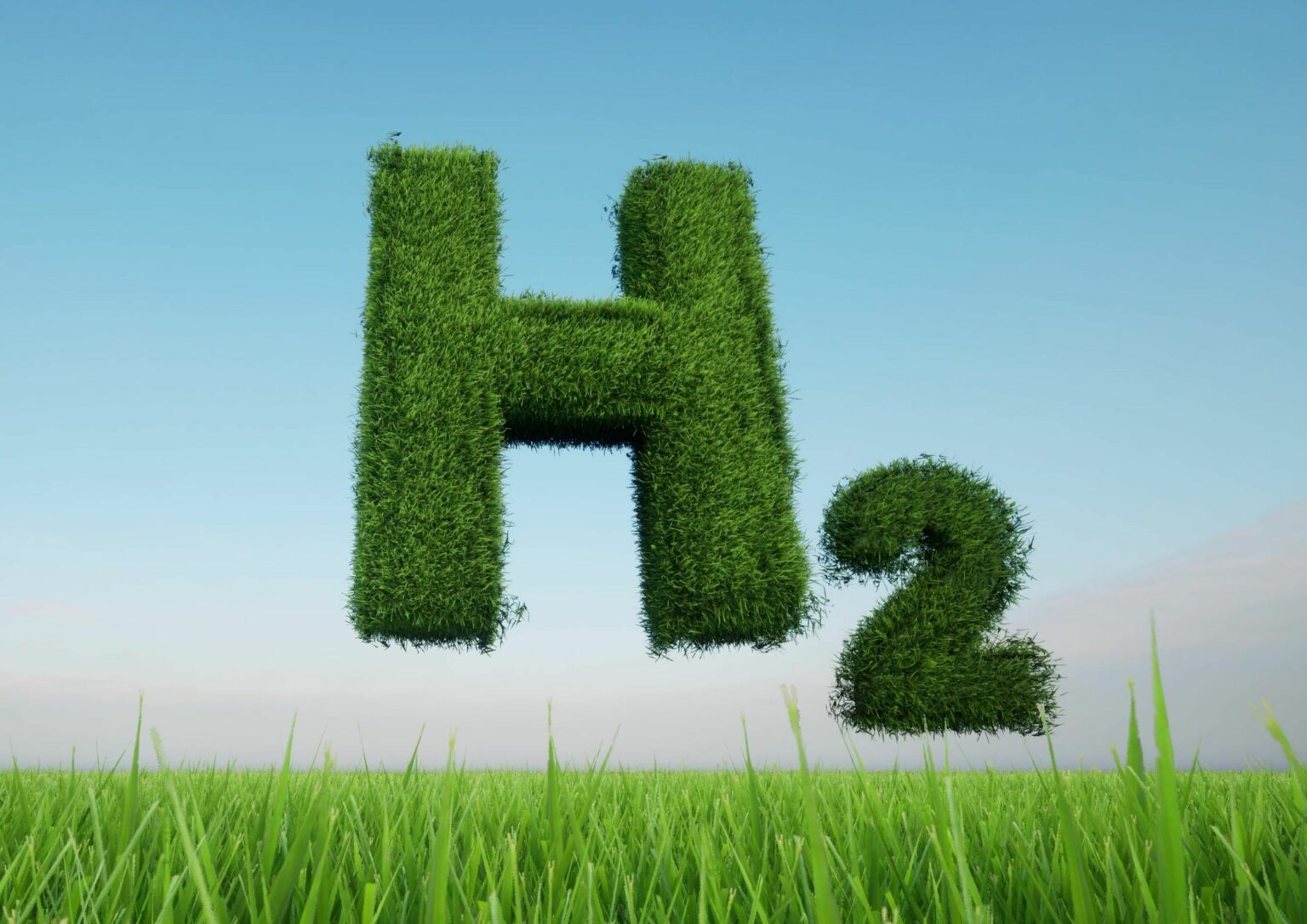Morocco has recently informed that it will devote 1 million hectares to green hydrogen projects.
The initiative is part of a strategy designed to attract investors to participate in the ecological shift. The move symbolizes the country’s ambition to position itself as a significant player in the global energy transition, exploiting its abundance of sun and wind, natural resources that are paramount in generating green hydrogen.
Green hydrogen is produced by decomposing water into its primary elements, hydrogen and oxygen, using electrolysis fueled by renewable energy. This process leaves behind no carbon emissions, making green hydrogen a promising pathway to achieve industrial decarbonization.
In the initial phase of its green hydrogen project, the Moroccan government aims to utilize 300,000 hectares and gradually expand its operation to include the allocated 1 million hectares. The scheme applies to integrated ventures comprising electricity generation from renewable energy, electrolysis, and transformation of green hydrogen into other forms, such as ammonia, methanol, and synthetic fuel, thus offering an entire clean energy production chain.
Beyond manifesting its commitment to renewable energy, Morocco’s hydrogen projects extend additional benefits to investors. Although the Moroccan government has not yet disclosed the specific details, it confirmed the presence of incentives to attract stakeholders.
The government also clarified that the output of these projects would cater to both domestic requirements and export demands. That signifies Morocco’s intention to not only cater to its internal energy needs effectively but also potentially emerge as a supplier in the global green hydrogen market.
Approximately 100 investors have reportedly shown interest in backing Morocco’s green hydrogen projects, demonstrating the commercial viability and appeal of such initiatives. These ventures align with Morocco’s goal of increasing its renewable energy use to 52% of the total installed capacity by 2030, a significant rise from the current 37.6%.





